Proceed at your own risk.
Habanero Hellfire Chili
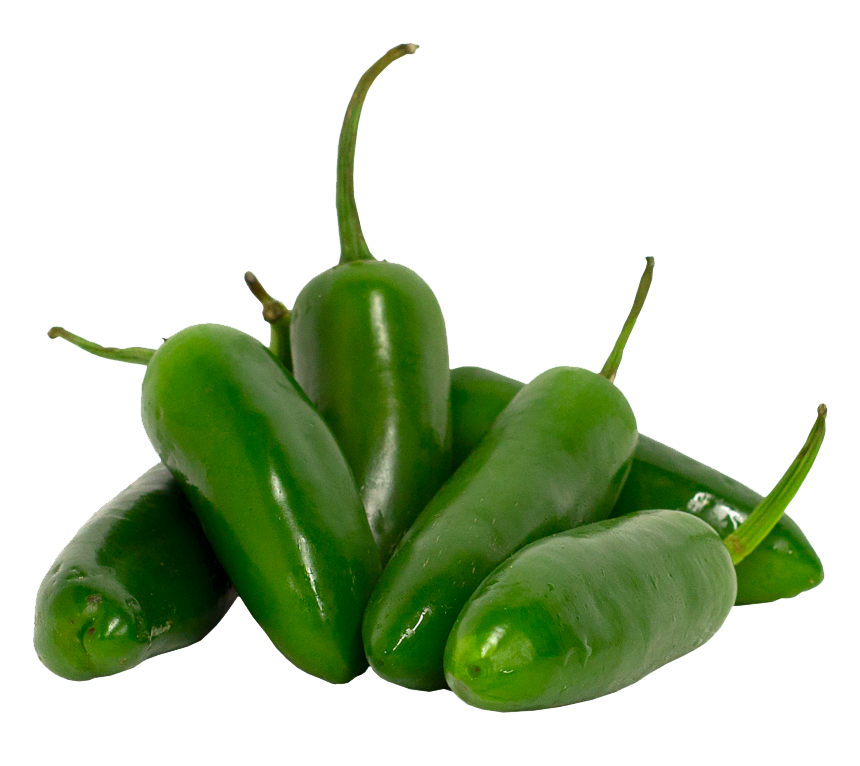

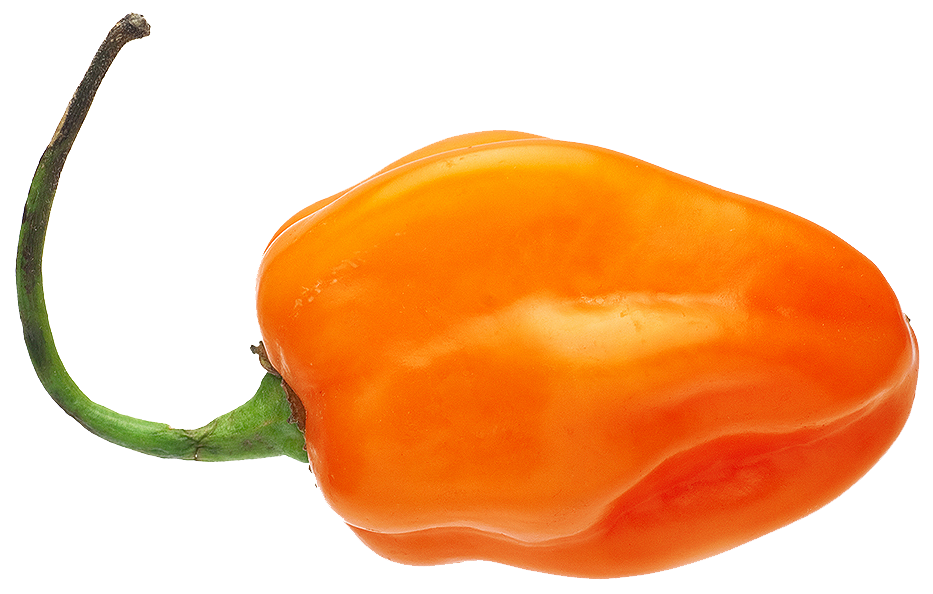

 , onions
, onions , and cumin
, and cumin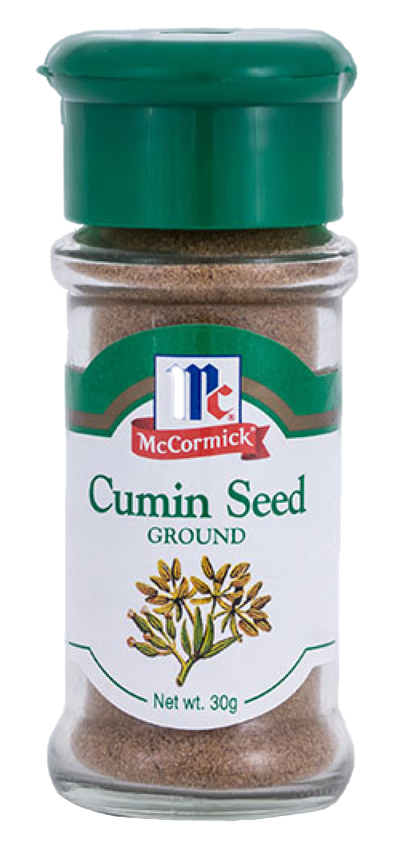 .
.
 or southern Texas
or southern Texas .
.Geographic and personal tastes involve different types of meat and other ingredients.
Recipes provoke disputes among aficionados, some of whom insist that the word chili applies only to the basic dish, without beans and tomatoes.
0.22kg pound bacon
½kg ground round
½kg ground pork
1 diced green bell pepper
1 diced yellow onion
6 jalapeno peppers, seeded and chopped
6 habanero peppers, seeded and chopped
8 Anaheim peppers, seeded and diced
2 cloves garlic, minced
1 ½ tblsp ground cumin
1 tblsp crushed red pepper flakes
3 tblsp chili powder
2 tblsp beef bouillon granules
793g crushed tomatoes
453g whole peeled tomatoes, drained
453g chili beans, drained
354g can beer
85g tomato paste
793g chili paste
473ml cups water

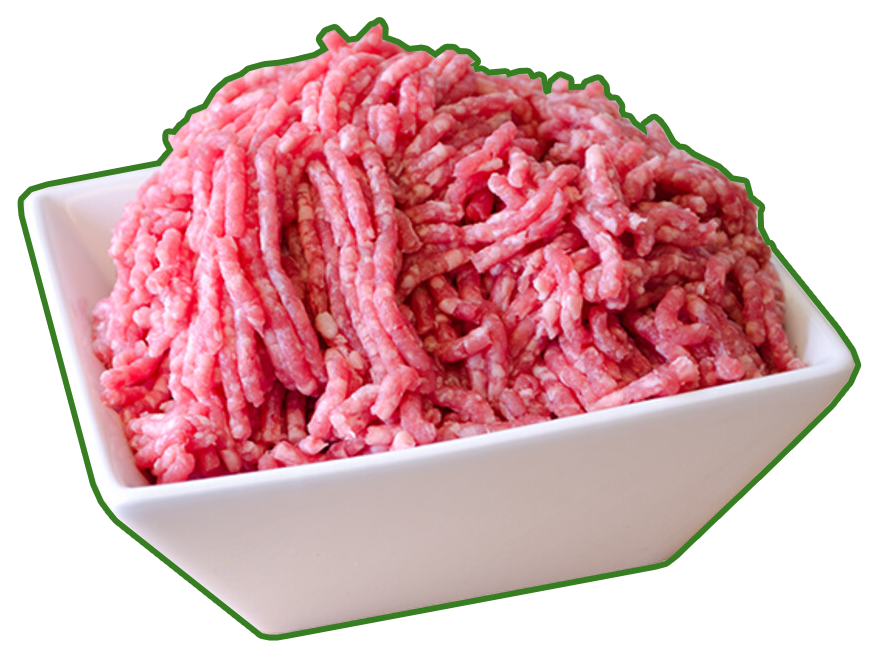
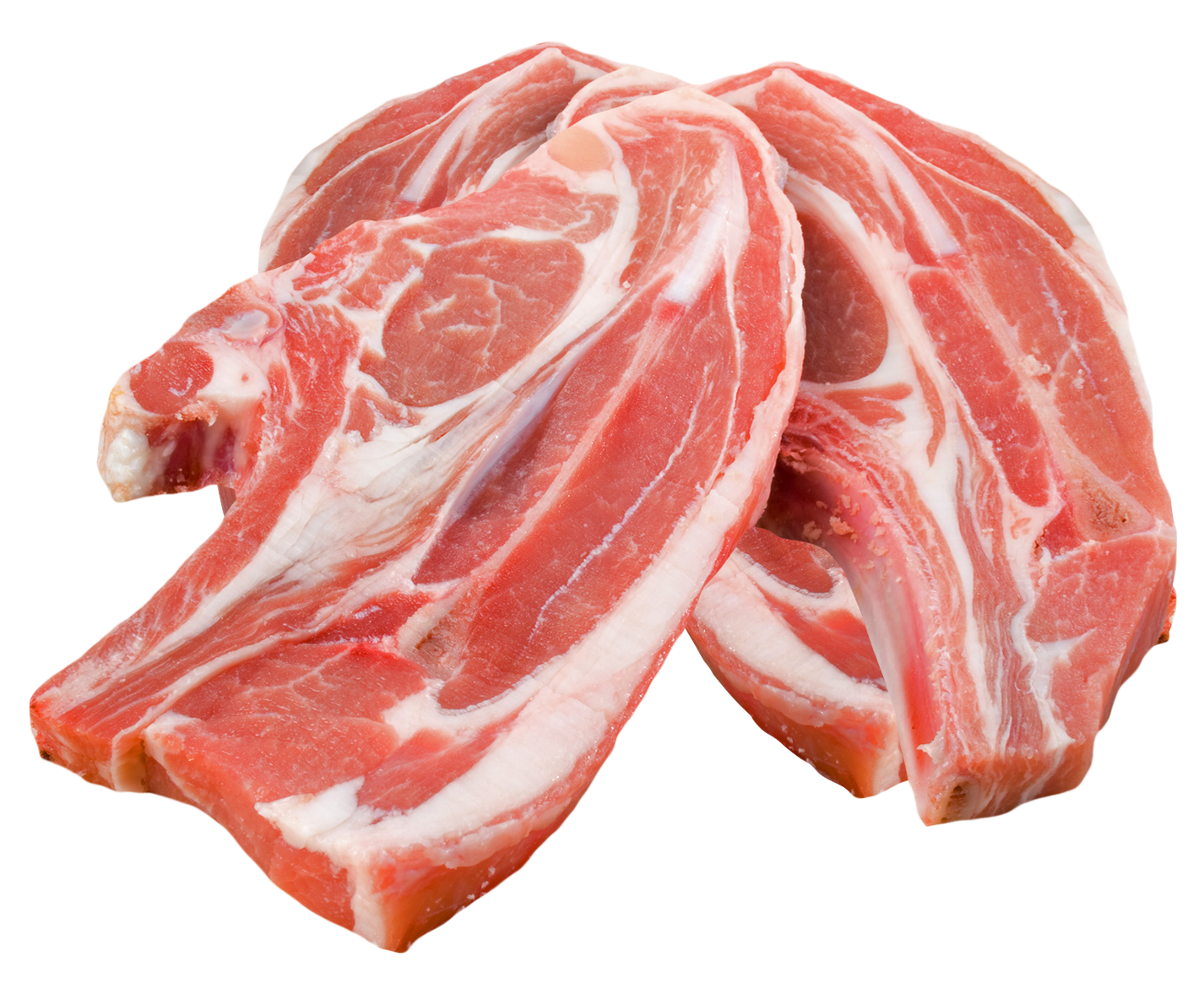
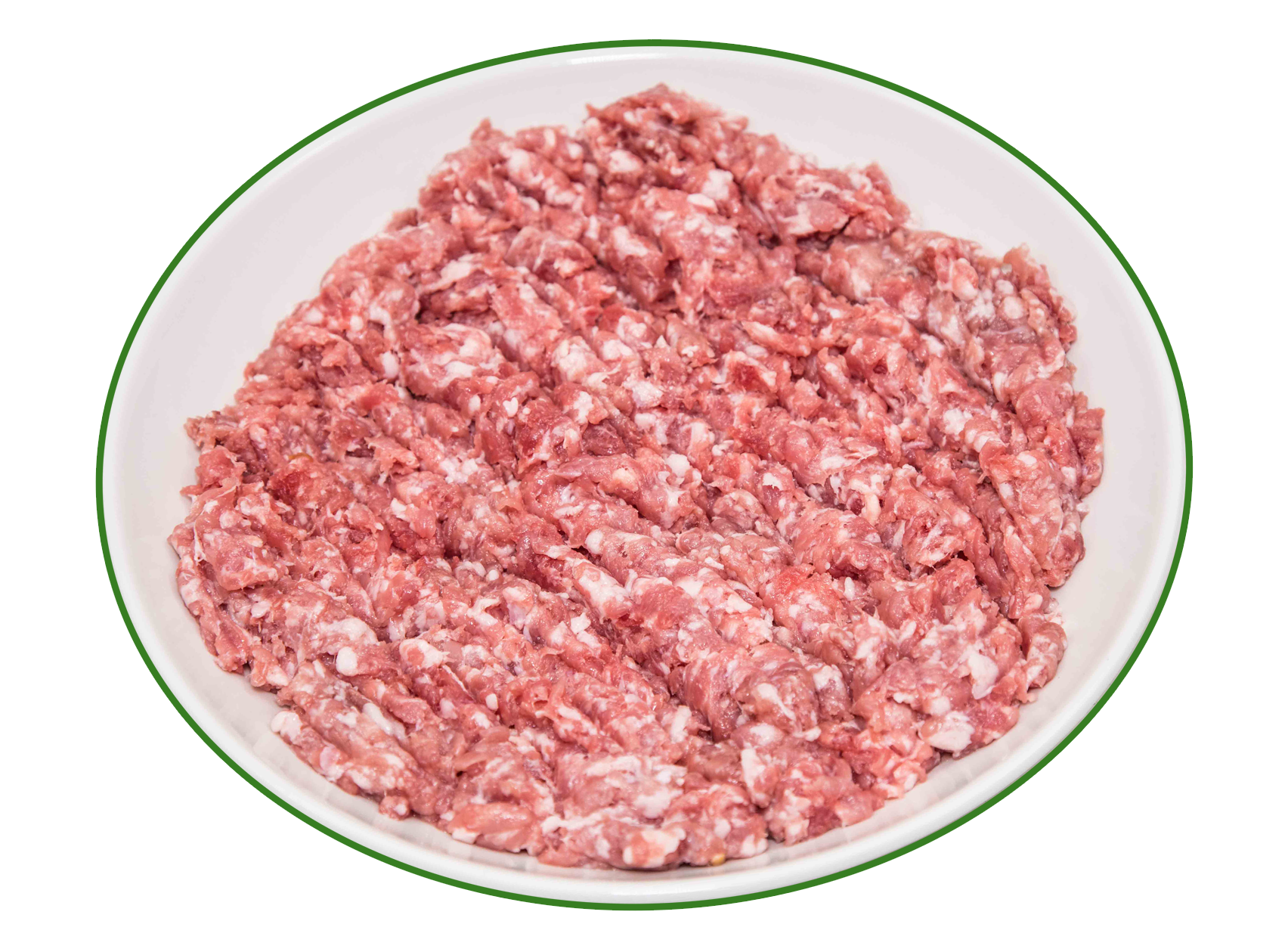
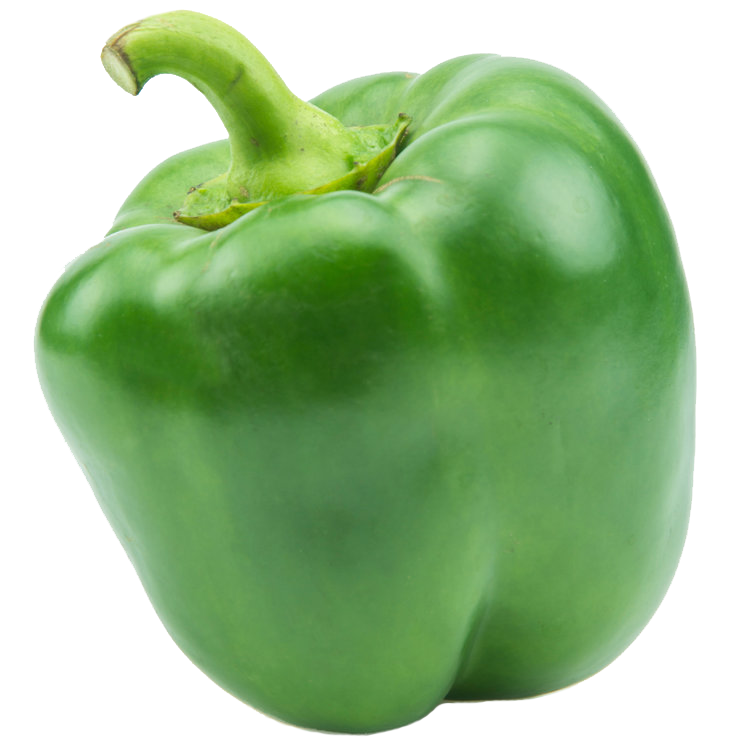




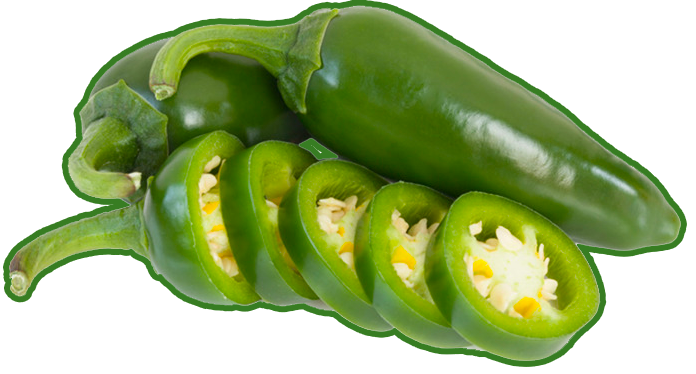



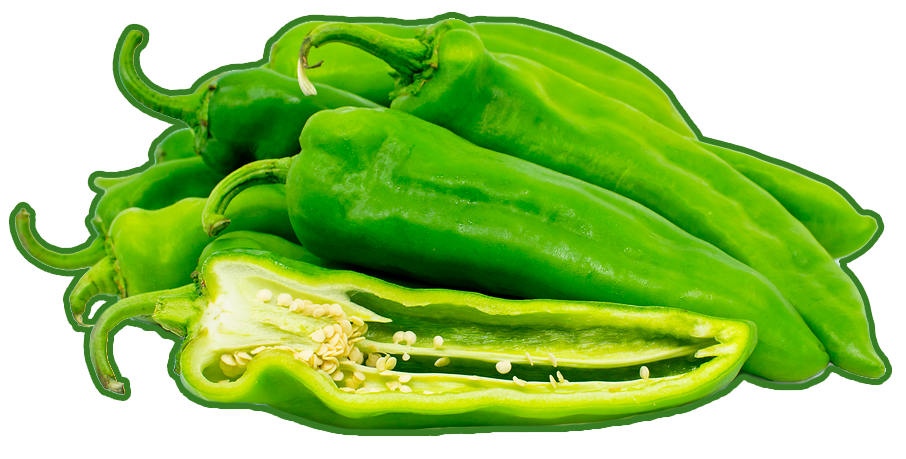

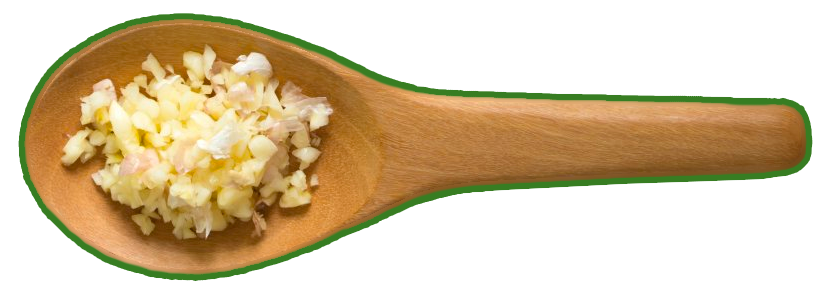

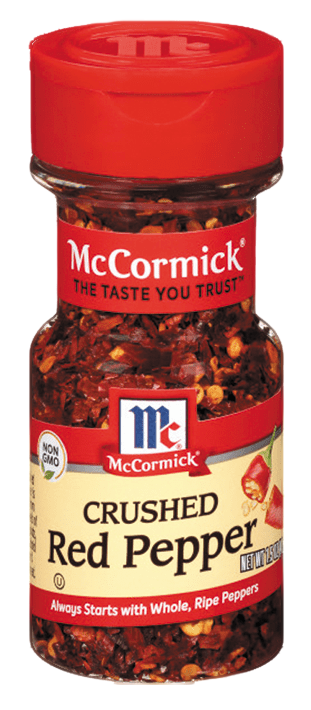
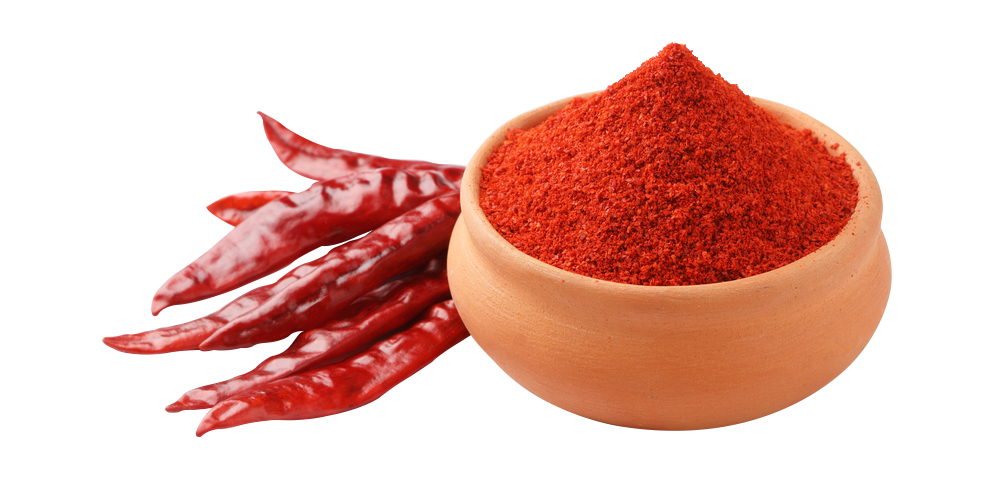


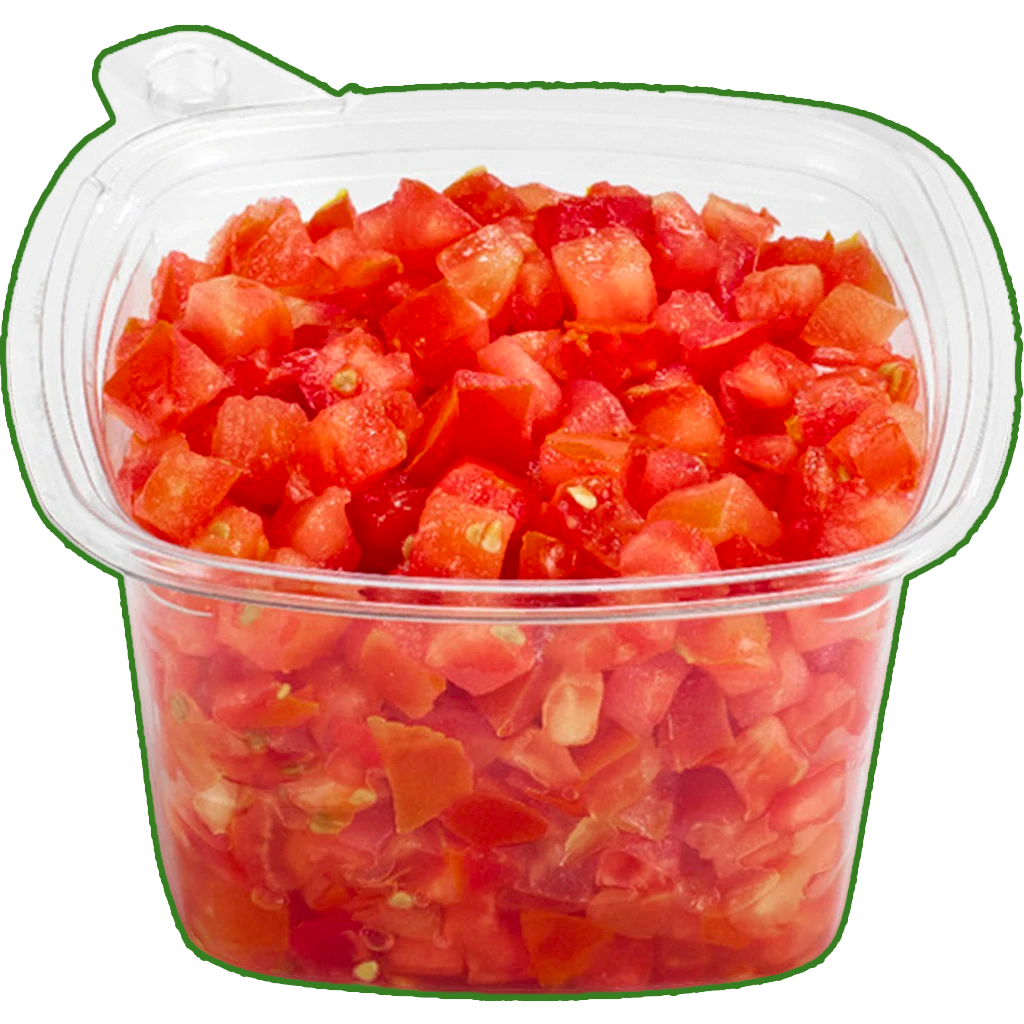


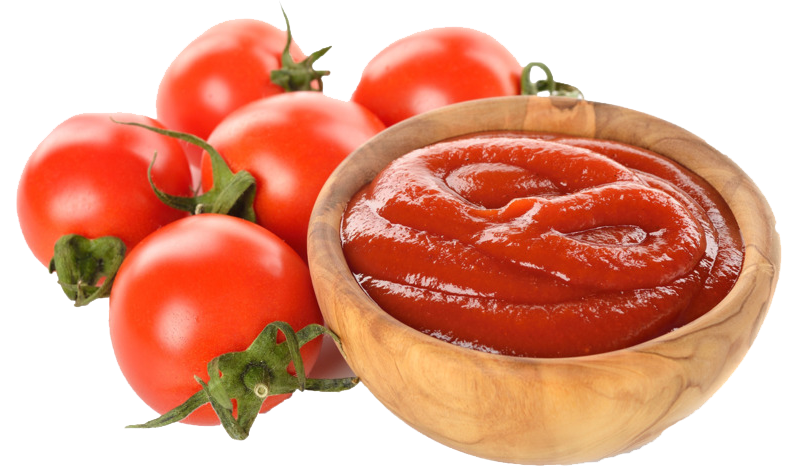

- According to an old Southwestern Native American legend and tale (several modern writer have documented – or maybe just passed along) it is said that the first recipe for chili con carne was put on paper in the 17th century by a beautiful nun, Sister Mary of Agreda of Spain. She was mysteriously known to the Natives of the Southwest United States as “La Dama de Azul,” the lady in blue.
Sister Mary would go into trances with her body lifeless for days. When she awoke from these trances, she said her spirit had been to a faraway land where she preached Christianity counseled others to seek out Spanish missionaries.
-
It is certain that Sister Mary never physically left Spain, yet Spanish missionaries and King Philip IV of Spain believed that she was the ghostly “La Dama de Azul” or “lady in blue” of Native American Legend.
It is said that sister Mary wrote down the recipe for chili which called for venison or antelope meat, onions, tomatoes, and chile peppers. No accounts of this were ever recorded, so who knows?
-
On March 9, 1731, a group of sixteen families (56 persons) arrived from the Canary Islands at Bexar, the villa of San Fernando de Bar (now know as the city of San Antonio). They had emigrated to Texas from the Spanish Canary Islands by order of King Philip V. of Spain. The King of Spain felt that colonization would help cement Spanish claims to the region and block France’s westward expansion from Louisiana.
These families founded San Antonio’s first civil government which became the first municipality in the Spanish province of Texas.
According to historians, the women made a spicy “Spanish” stew that is similar to chili.
- Some Spanish priests were said to be wary of the passion inspired by chile peppers, assuming they were aphrodisiacs.
A few preached sermons against indulgence in a food which they said was almost as “hot as hell’s brimstone” and “Soup of the Devil.”
The priest’s warning probably contributed to the dish’s popularity.
- In Spanish, the term “chile con carne”, consisting of the word chile (from the Nahuatl chīlli) and carne, Spanish for ‘meat’, is first recorded in a book from 1857 about the Mexican-American War. A recipe dating back to the 1850s describes dried beef, suet, dried chili peppers and salt, which were pounded together, formed into bricks and left to dry, which could then be boiled in pots in an army encampment in Monterrey, of what is now Nuevo León, Mexico.
- Chili became commonly prepared in northern Mexico and southern Texas. Unlike some other Texas foods, such as barbecued brisket, chili largely originated with working-class Tejana and Mexican women. The chili queens of San Antonio, Texas were particularly famous in previous decades for selling their inexpensive chili-flavored beef stew in their casual “chili joints”.
- The San Antonio Chili Stand, in operation at the 1893 Columbian Exposition in Chicago, helped popularize chili by giving many Americans their first taste of it. San Antonio was a tourist destination and helped Texas-style chili con carne spread throughout the South and West.
- Chili con carne is the official dish of the U.S. state of Texas as designated by the House Concurrent Resolution Number 18 of the 65th Texas Legislature during its regular session in 1977.